
Bone Curette – Have a bone to curette? Who doesn’t. Look no further than the one and only bone curette. With sharp edges and an easy grip handle, this small ice cream scoop shaped tip will take care of all your curetting needs.
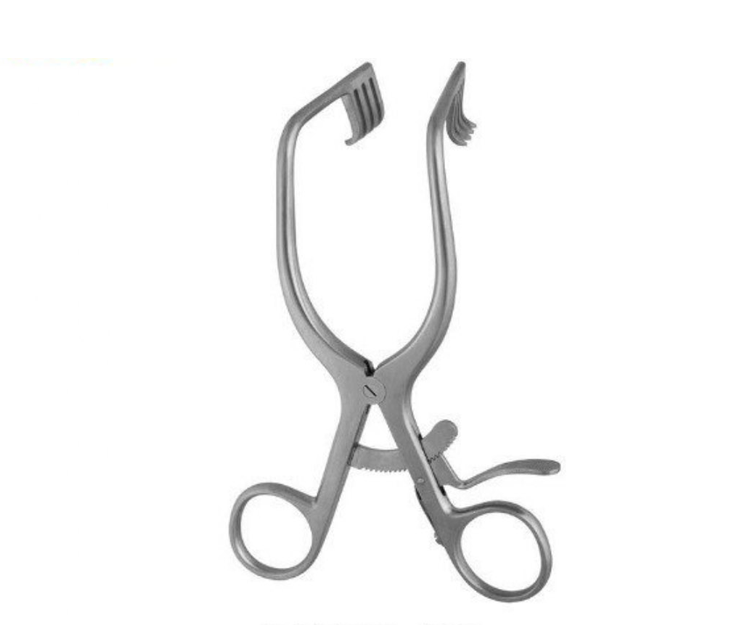
It is Used in neurosurgical procedures, this handy dandy tool allows surgeons the best control when working with and retracting the cerebellum, a part of the brain located in the back of the skull that connects to muscular activity. When working on this sensitive part of the body, nobody has the time or the arm strength to hold this tool and more. Luckily, it has a locking feature that allows the ring handles to keep their position so surgeons can do it all.

Cottle angular scissors are designed with a dent in the handle to reach mucosal tissue in the nose and may be used to remove the cartilaginous hump. Also known as turbinate scissors or posterior scissors, these blunt blades come in small and medium sizes.

Desmarres retractor is designed to hook beneath the eyelid and is used during intravitreal injections of the eye, which has become a rather common procedure in the United States. Before the tool is used, the patient will be asked to look downward, and the instrument will be inserted under the upper lid, when the doctor will retract the eyelid back to expose the site of injection.
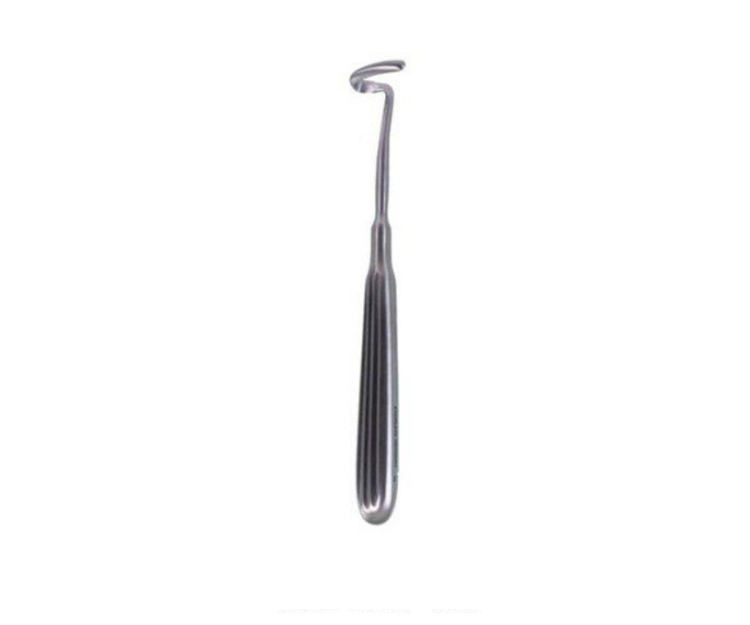
Doyen rib raspatory is designed for cardiothoracic surgeries. Suitable for righties, lefties, adult sized patients and smaller ones too, this silver fox has the ability to hold or scrape away at ribs.
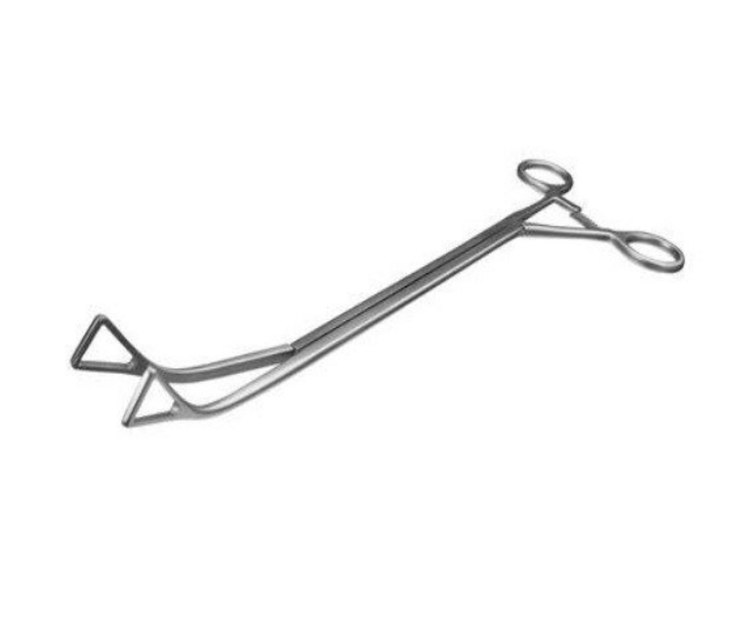
Also known as the Pennington clamp after Australian surgeon David Geoffrey Pennington, this tool is used mainly to grasp tissue without causing damage most commonly in intestinal, rectal, and OB/GYN procedures.
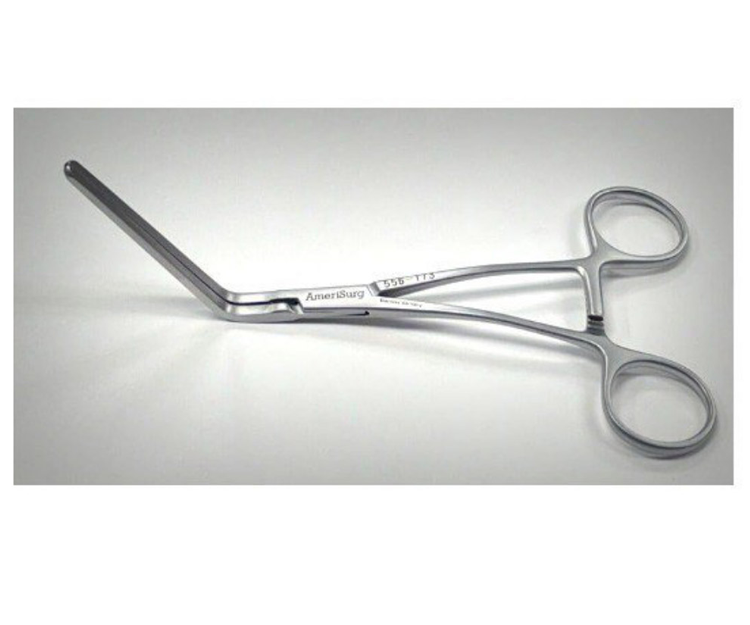
The Fogarty clamp is not just another atraumatic tissue gripper. This clamp is surfaced with rubber-shod serrated blades that allow for an atraumatic grip on tissues and blood vessels. This rubber-shod is a disposable piece and should not be reused for different patients.

Invented and named after Michael Frazier, this thin tool is used for suctioning out fluids from cavities in the most precise way. The shaft is made of flexible material, to allow for different and bendable positions during the procedure. If left undealt with, fluids and other materials may begin to build up and hinder the process of surgery. With the Frazier suction tube, the wound is able to stay dry and clear, as the adjustable tool refrains from interfering.

Gerald’s forceps – Used on delicate vessels during vascular surgery, the non-toothed Gerald’s forceps are best for optimal precision-just look at those tips. Often used in cardiothoracic procedures, this tissue grasper comes in light to intermediate weight, and a stop peg to assure that tissues are delicately handled.
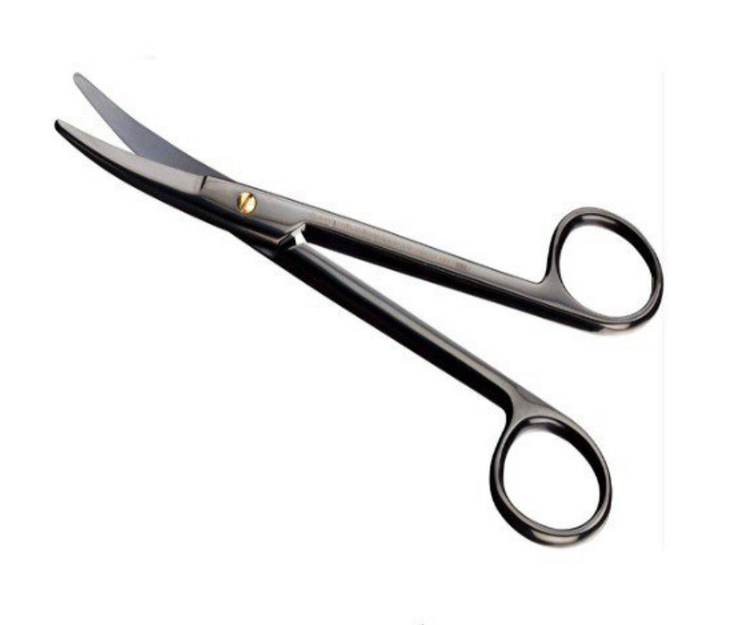
Jorgenson Scissors – Used for getting deep into tissues, these snappers come with a long handle and a curved blade for procedures such as hysterectomies

The israel retractor may not solve problems in the middle east, but it will handle heavy tissue in orthopedic surgeries. The blades resemble a rake, and, like most retractors, this tool is used to retain edges on an incision, wound, organ, or tissue.
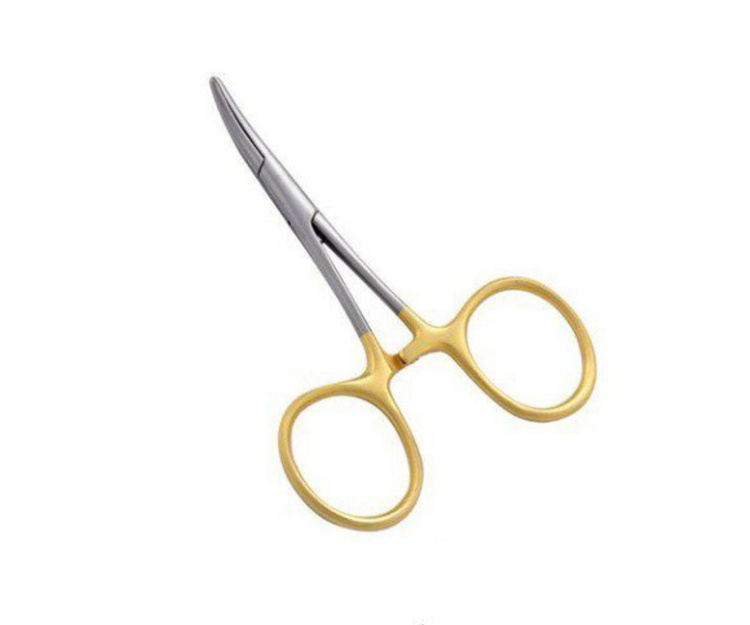
The mosquito clamp is typically found to be between 3 inches to 5 inches in length, and is considered to be one of the smaller hemostatic forceps. These clamps are one of many hemostatic forceps, and no, they are not used to catch mosquitos, but small blood vessels in order to control bleeding.
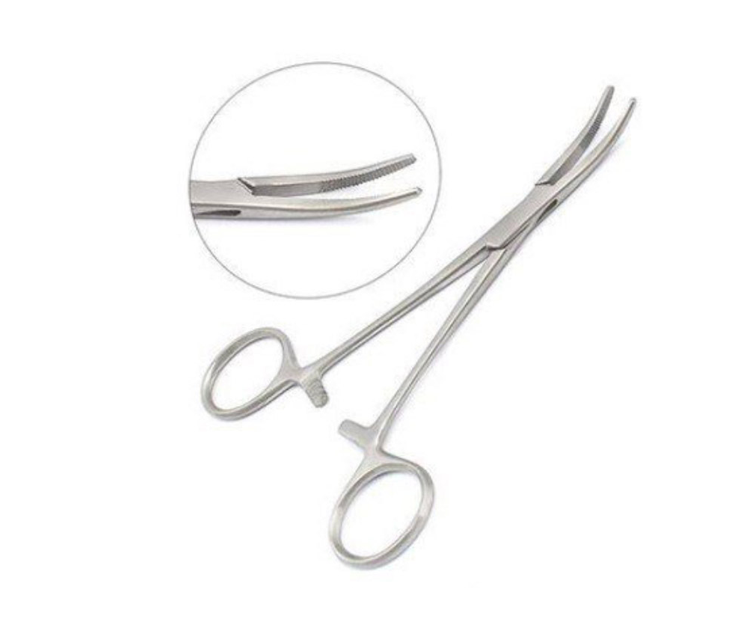
The Kelly clamp, which is much more elongated, and also known as the Rochester Pean, is used to clamp larger vessels and tissue. Mosquito clamps are considered to be smaller and daintier types of Kelly forceps, which have the same function but aim at larger sized vessels and tissues during procedures. These too are typically made from stainless steel, or other forms of high quality steel, and should be sterilized in hot water and chemicals, if they are to be reused.
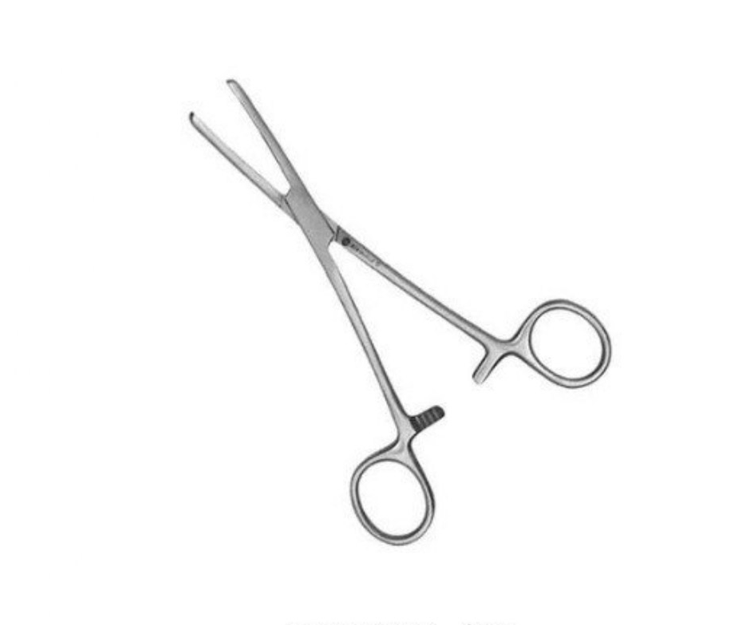
Also known as the Adson forcep and the Schnidt tonsil forcep, this instrument is used to clamp deep blood vessels. The burlisher has two closed finger rings, and if they are found with an open finger ring, the tool would be known as a tonsil hemostat.
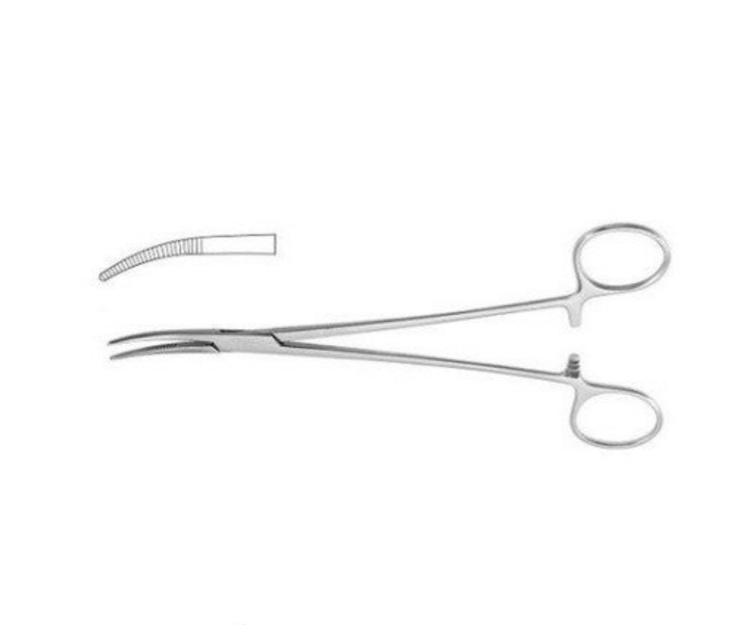
The tonsil hemostat has open finger rings and a catch for locking the blades. These forceps are able to control hemorrhage by getting a grip on the end of blood vessels. Used both in general surgery as well as neurosurgery, these forceps are typically found at a length of seven to nine inches, formed completely with stainless steel.
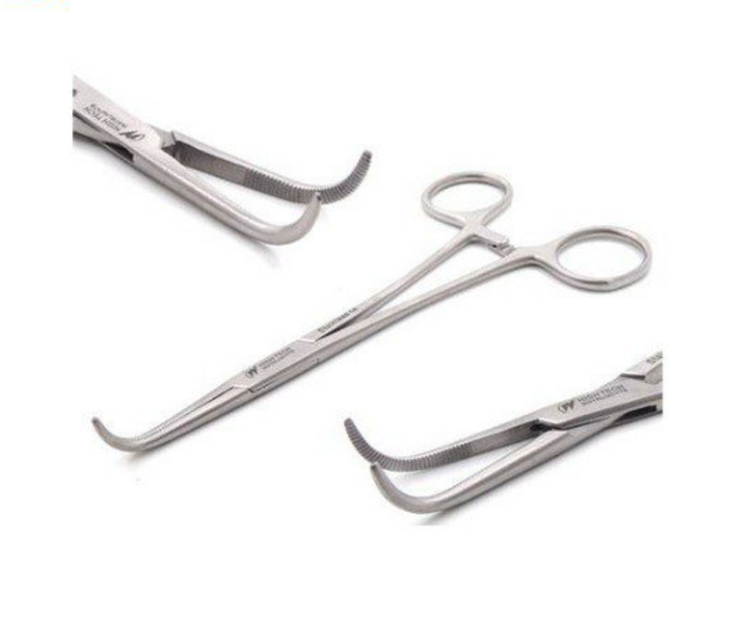
This tool features a right angle to reach vessels that are out of the way and to place sutures in particular places in relation to vessels
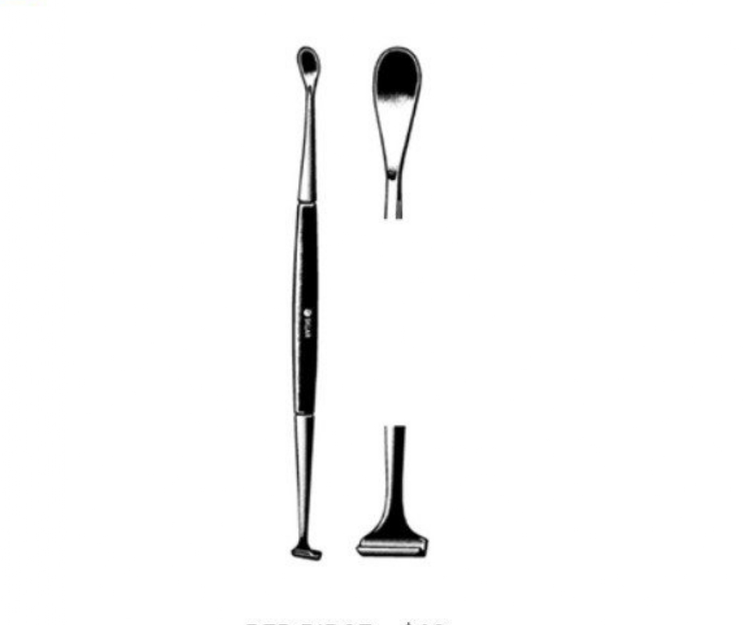
This two-faced tool, also known as the Hurd tonsil dissector and Pillar retractor is a double ended tool used in oral procedures and tonsillectomies. One side has a retractor lip end, while the other side is a sharp and rounded end for dissecting.
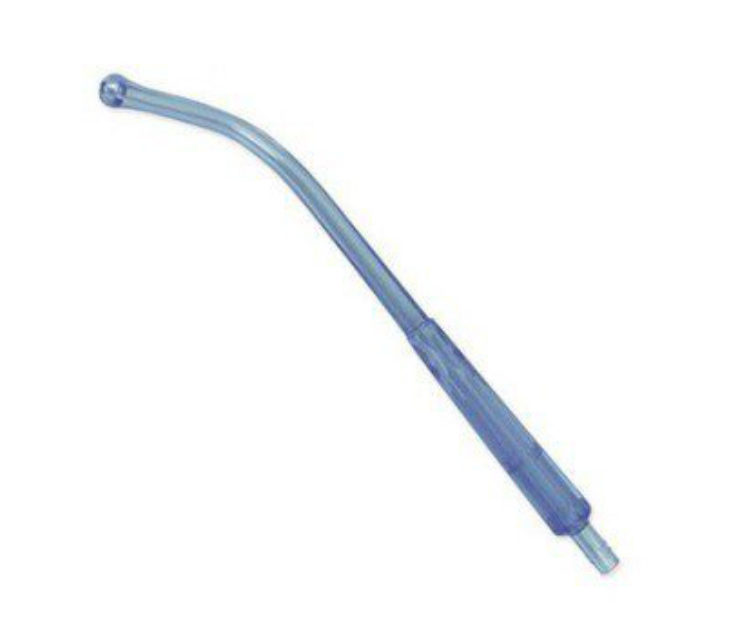
Created in 1907 by American doctor Sidney Yankauer, this firm but bendable plastic oral suction tool is used to remove secretions. Watch the blood slide down the lightly tinted blue tube.
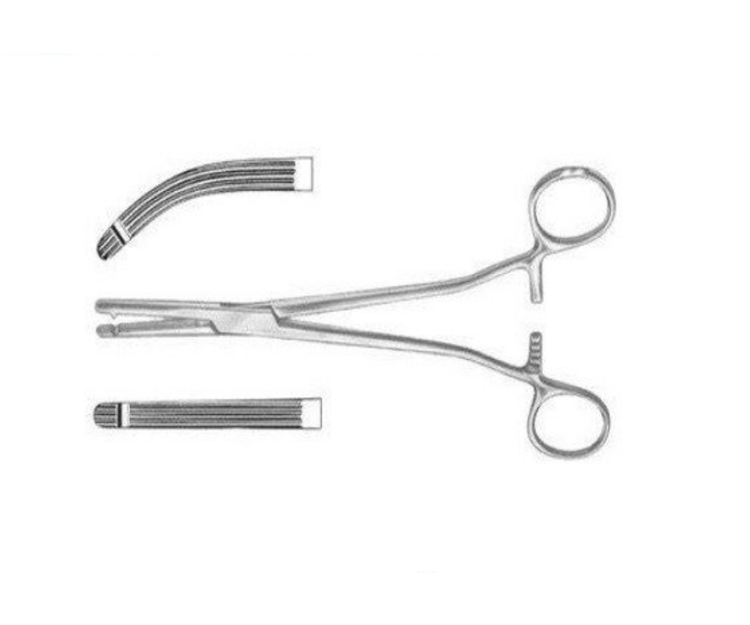
This tool falls under the category of heavy clamps, as it has a rigid shaft and vertical serrations that can crush parametrial and paracervical tissue during hysterectomies, for instance.

In the process of facelift procedures, facelift scissors work to separate the face’s overlying skin from the muscles and tissue. This procedure is typically accompanied with sutures. The loose facial and neck skin is then pulled back
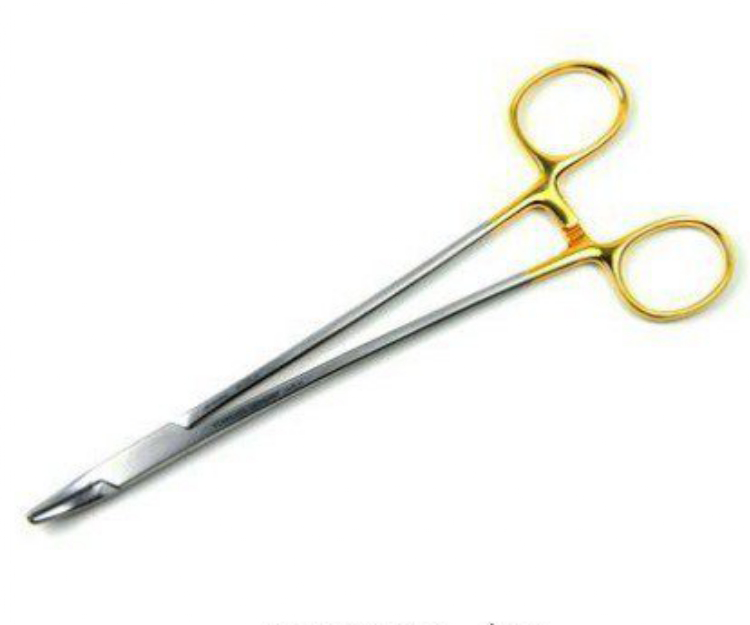
The heaney needle holder uses ratcheted blades for medium weight suturing. This holder can just as well be used as a cardiovascular approximation and closure instrument.
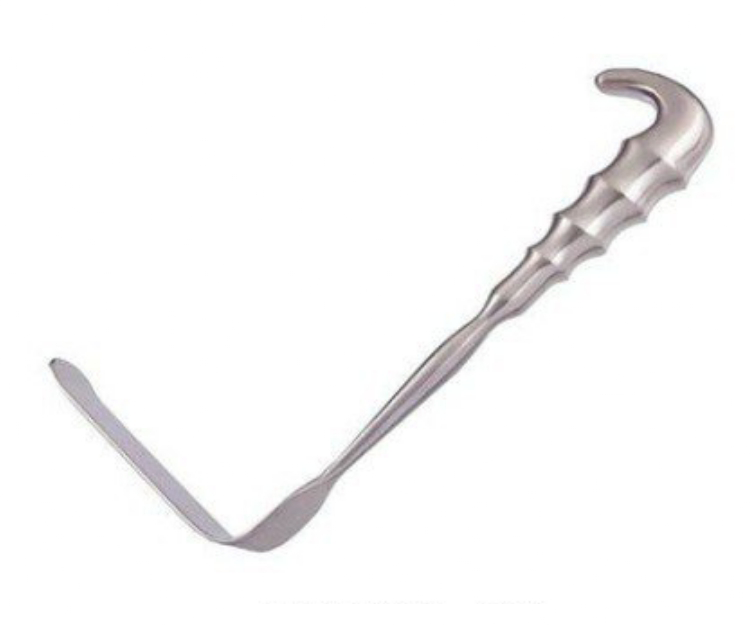
This peculiarly shaped instrument has a grooved handle that controls a smooth flat blade that curves up into a right angle. Vaginal retractors such as the Heaney- Simon retractor or the Miyazaki retractor, which both fall under the category of vaginal handheld retractors, can be used in the deep pelvic surgery and are made comfortable for handling.

This tool can be used in any surgery and is more commonly seen in vascular surgery to gain hemostasis, the stopping of blood flow, with the use of a hemoclip. The tool should not be squeezed with the hemoclip until the desired vessel is prepared and in the correct position
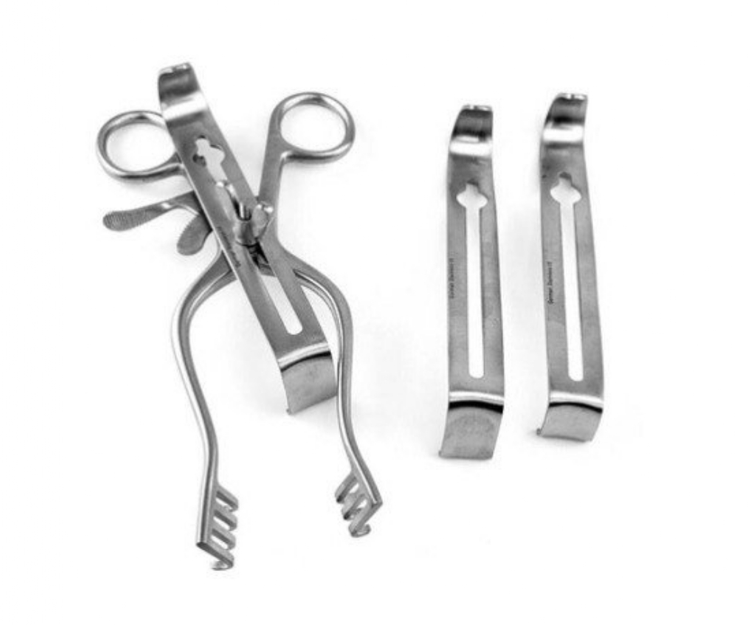
Perfect for cardiothoracic procedures, this tool that (let’s be honest) looks a bit like a contraption of some sort, is actually designed for optimal efficiency, allowing surgeons to manipulate the positionality.
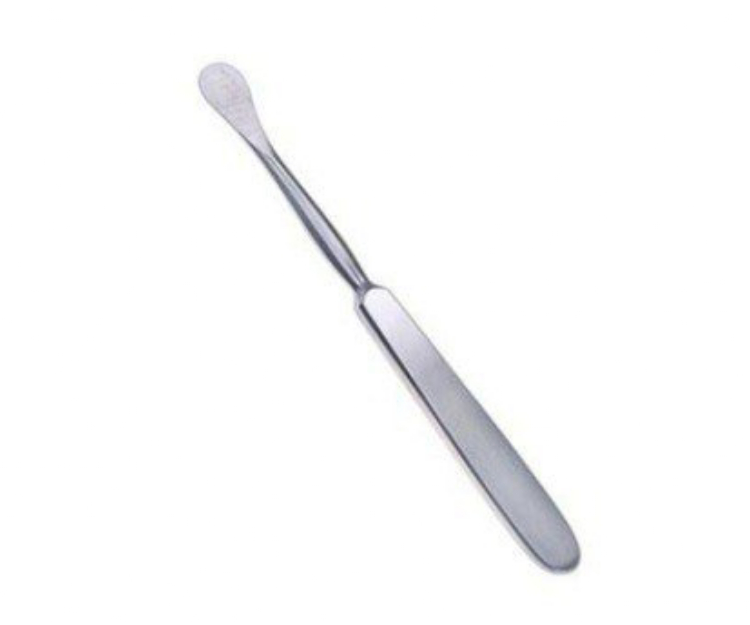
It is Used for neurosurgical procedures, this tool is used to move mainly soft tissue and bone if necessary. Coming in different sizes, the Hoen elevator also features a somewhat sharp edge if dissection is on the table.

This tool is used during neurosurgery and has a straight and sturdy handle, a dip found three quarters of the way through, and a flat blade perfect for cutting bone and preparing to cut bone. Ranging from 3.0 mm to 16.0 mm, curved or straight, this is a versatile instrument that can reshape bony areas or even cut through skull.
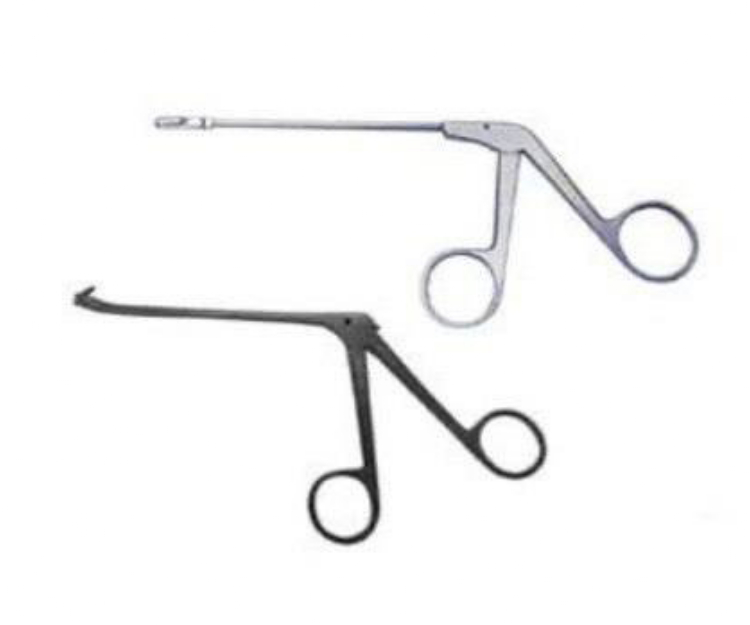
Nasal Cutting Forcep, German Made Stainless Steel
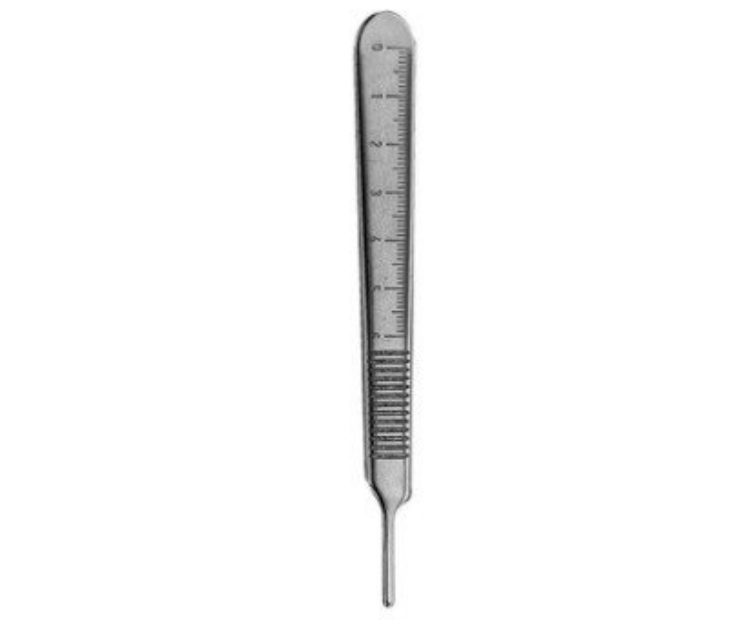
Scalpel blades are usually made of hardened and tempered steel, stainless steel, or high carbon steel; in addition, titanium, ceramic, diamond and even obsidian knives are not uncommon.